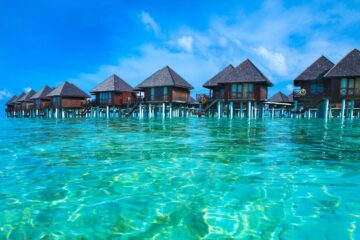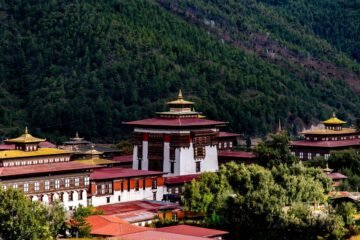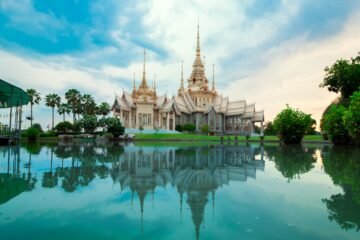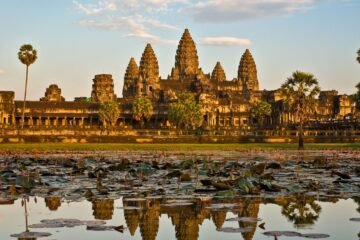Vancouver Stanley Park –
It’s lovely. It is the backbone of our city. We present five things you may not know about Stanley Park.
Most of the resort is always forested, just as it was in the late 1800s – the amusement park usually has about 50% of the 1,000,000 trees, a few remaining 76 meters tall and many years old. One hundred years ago, there were three major hurricanes that caused damage and loss of a large number of trees, most recently in 2006.
Vancouver Seawall attracts a large number of residents and visitors to the daily recreation area. The recreation area highlights the rich timberland trails, which unravel the beach, Vancouver Aquarium and many other attractions.

With so much history, Stanley Park in Vancouver is full of exciting facts you may not have known. Here are five key pointers:
Have you ever seen the Stanley Park Horn Tree? This 700- to 800-year-old Western Red Cedar tree stump has a wonderfully unique place in the monuments of many Vancouverites and is one of the most remarkable monuments and photographs in the amusement park. Many remarkable images depict the people, cars, and elephants trapped inside a large hollow in a tree.
The tree is being developed to rid the area of severe damage by the 2006 hurricane, and in any case, local people are moving forward with a plan to measure the tree. The Empty Tree continues another stage in its long history at Stanley Park.
The whole Stanley family became so powerful in ice hockey, that his two children, Arthur and Algernon formed another group called the ‘Ottawa Rideau Hall’. Arthur likewise played an important role in the development of what came to be known as the Ontario Hockey Association (OHA) and later became the organizer of ice hockey in Great Britain.
Arthur and Algernon influenced their father to give them an award that could be used to give a clear indication of the topic of hockey. The name Stanley Cup was not charged until 1892, which means that the resort is not very large, but it also has a pre-existing charge of the name.

With countless rich trees passing by, it is hard to accept that sometimes Stanley Park was a logging area. Before it became a leisure centre, the site was written from 1860-to 1880. At the top of Stanley Park is Brockton Point, where a sawmill was to be built. The site was cleared for saws, but it was rarely built. All things being equal, today you will look at Brockton Point Lighthouse. Many people do not realize that the roads that pass through Stanley Park were once the first slide-cut roads.
A view of the water between a forest park and tall buildings in the city.
At 9 PM every evening the sound of gunfire is heard echoing in the air, this is the Stanley Park 9 o’clock weapon at the horns. The gun was first introduced about a very long time back in 1816 in England and then brought to Canada for launch in Stanley Park north 70 years later.
The establishment took place in June 1894 with the assistance of the Department of Marine and Fisheries to alert fishermen at 18:00 on the closing day of fishing. On October 15, 1898, the weapon was first issued in Stanley Park in the afternoon.
The 21:00 intermission was later adjusted as a signal for everyone’s time and to allow the chronometers of the harbour ports to be set accurately. The Brockton Lighthouse warden, William D. Jones, initially detonated an explosive device until the cannon was unloaded.

A view of the swaying lake among the wildflowers overlooking the city of Vancouver.
Architect Thomas Mawson, who organized the Brockton Point Lighthouse was the same person who would be responsible for the Lost Lagoon and the boulevard. After three years of development, the lake was finally completed in 1916.
A source based on the Lost Lagoon focus was launched 30 years after the fact of honouring the city’s celebration. The fountain was purchased in Chicago, leftover from its 1934 international exhibition.
Lost Lagoon adds beauty and natural diversity to the resort. As it flows through the bio of the boulevard running bio with the continuation of catching ponds, the sea-lined lake provides a safe haven for many species of birds. The water lake is also known as the largest watercourse in the recreational area, yet it was usually not along these lines. The ocean is a real lake, the truth is told. Once there was a flow of mud associated with the Burrard Inlet through the Coal Harbor and it was rich in shells and other marine animals ready for harvest.
Although Stanley Park is not the largest of its kind, it is about one-fifth the size of Central Park in New York and is about half the size of Richmond Park in London. With such a good history there is something new going on to learn. Hello to Seawall!




